Frida: a life adorned
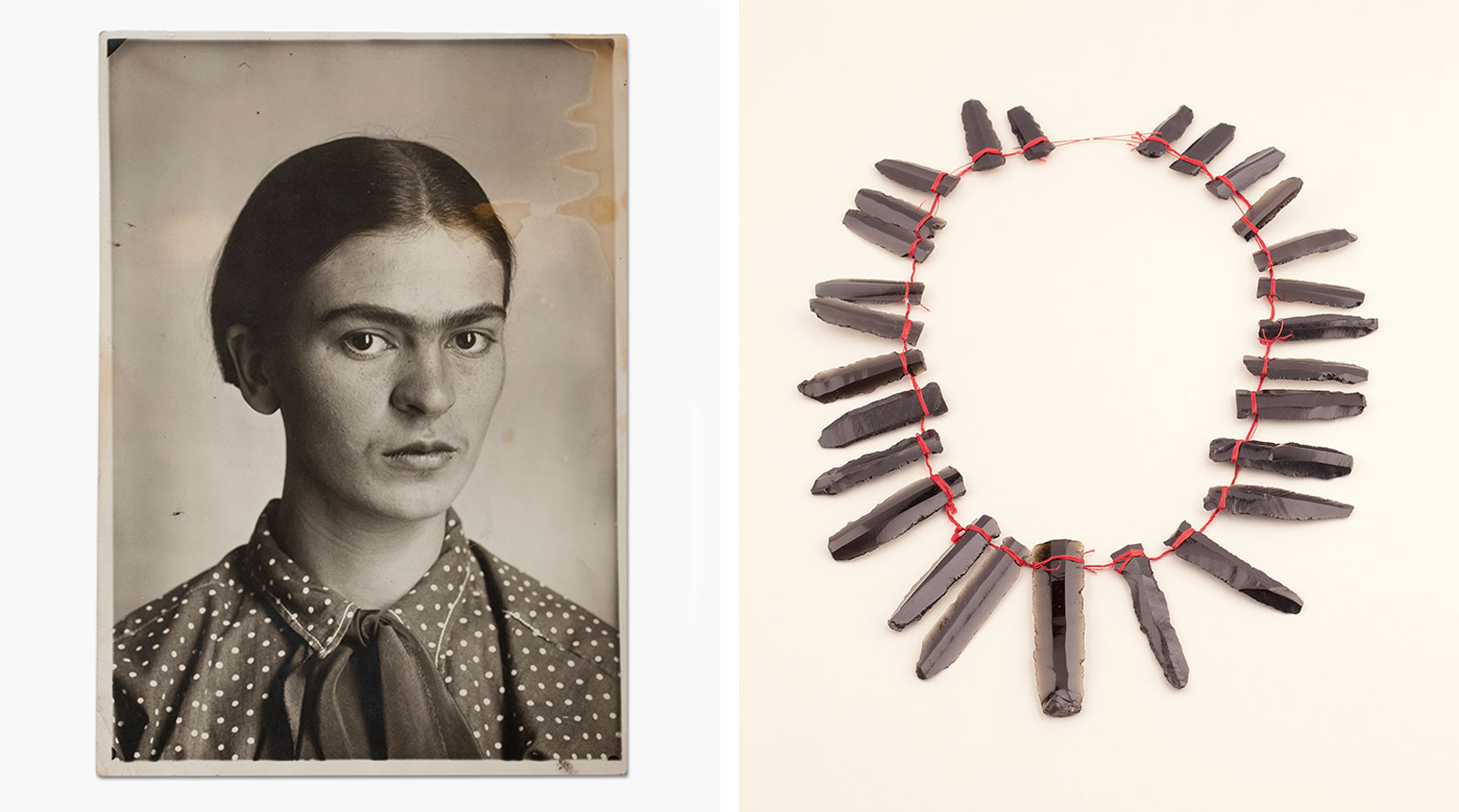
From the intricately coiffured hair, carefully applied makeup, multiple earrings, necklaces and rings, down to the flounces of her long Tehuana skirts, Frida Kahlo’s heavily constructed image retains a powerful resonance.
Her identity was so tied up in her chosen decorations – even her gold teeth were studded with diamonds – that when the artist was on her deathbed in Mexico, age 47, her nurse knew the time was near when Kahlo could no longer muster the energy to adorn herself.
Claire Wilcox, senior curator of fashion at the Victoria and Albert Museum and co-curator of its new exhibition ‘Frida Kahlo: Making Her Self Up’, reflects that Kahlo’s unique look was a construct, an armour against the physical frailty she suffered.
The artist had polio as a child and then, at the age of 18, was involved in a devastating tram accident that would leave her in abject, restrictive pain for the rest of her life. Yet, as Wilcox observes: ‘When you looked at her, you didn’t see a sick person, her limp or scars or special shoes. You were struck by her beauty.’
Kahlo’s exquisite eye created a highly personal style combined of traditional, regional adornment and precious elements. Her singular sartorial choices were also a symbol of her and her artist husband Diego Rivera’s fierce sense of Mexican nationalism. On one necklace she strung together tiny tin arms and legs with votive charms offered in Mexican churches between chunky coral beads. The artist was also a champion of local contemporary designers such as Matilde Poulat, whose bold, silver and stone pieces are still collectible today.
Among Kahlo’s favourite possessions was a string of outsized pre-Colombian jade beads, which she frequently wore. ‘The Mayans had buried their dead with these beads,’ says Wilcox, ‘In choosing them, Kahlo was quite literally wearing her country’s history around her neck.’ §
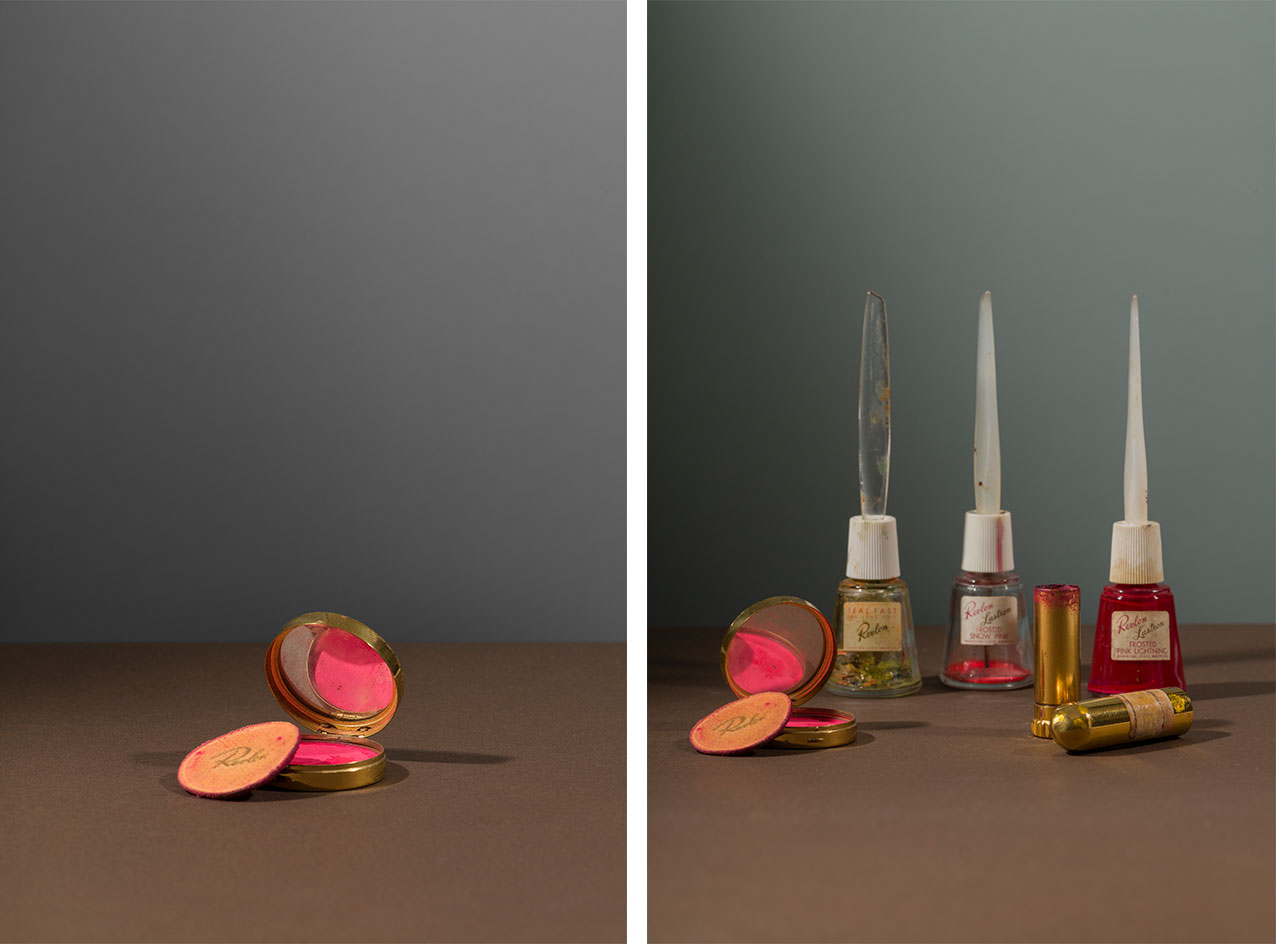
Revlon compact and powderpuff with blusher in ‘Clear Red’. Right, Revlon lipstick in ‘Everything’s Rosy’ and nail varnishes, c.1954. © Diego Rivera and Frida Kahlo Archives, Banco de México, Fiduciary of the Trust of the Diego Rivera and Frida Kahlo Museums
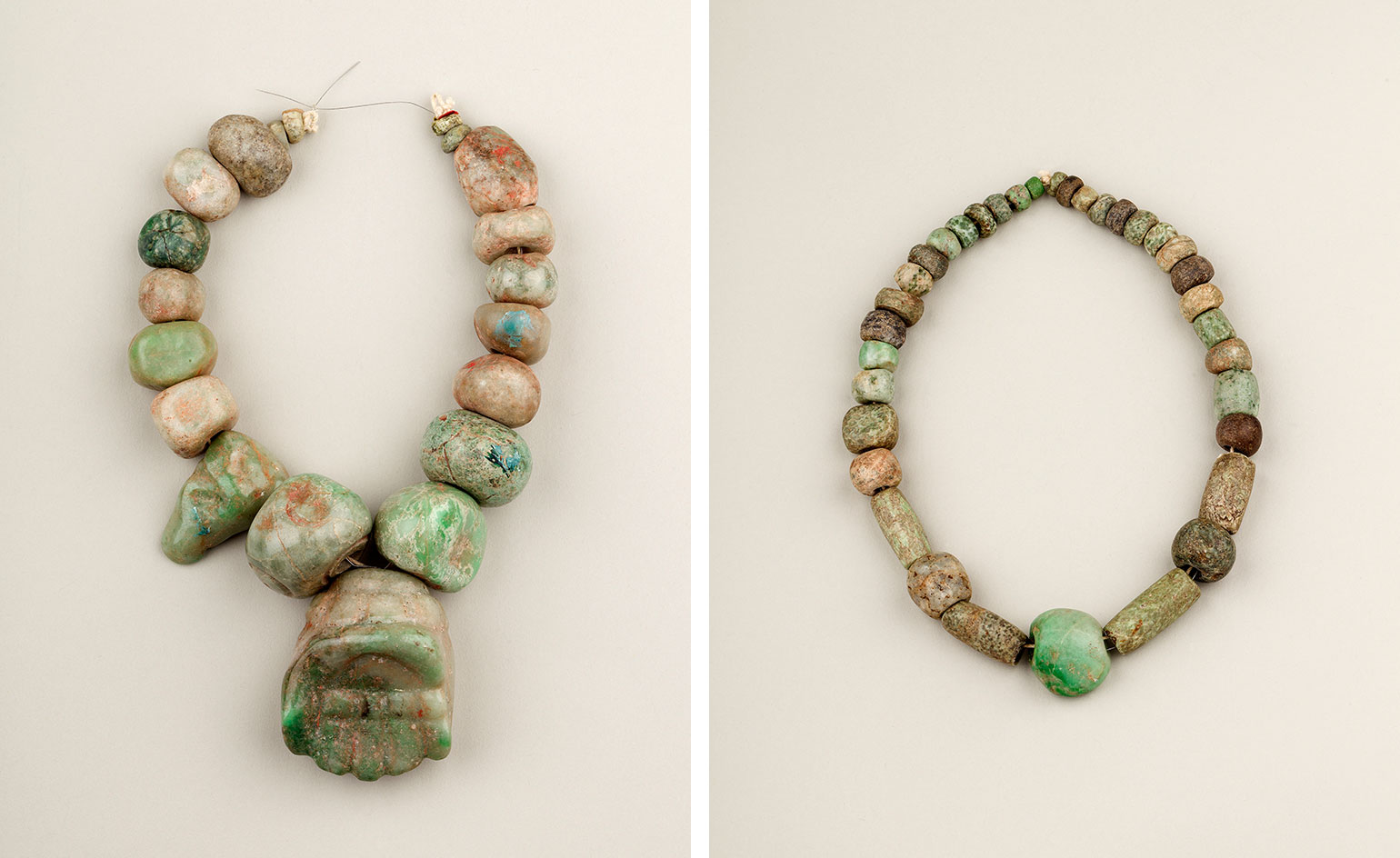
Left, string of irregular pre-Columbian jade beads with a central pendant carved as a fist, excavated from a Maya site. Right, pre-Columbian jade beads, acquired from an archaeological site, both assembled by Frida Kahlo. © Diego Rivera and Frida Kahlo Archives, Banco de México, Fiduciary of the Trust of the Diego Rivera and Frida Kahlo Museums
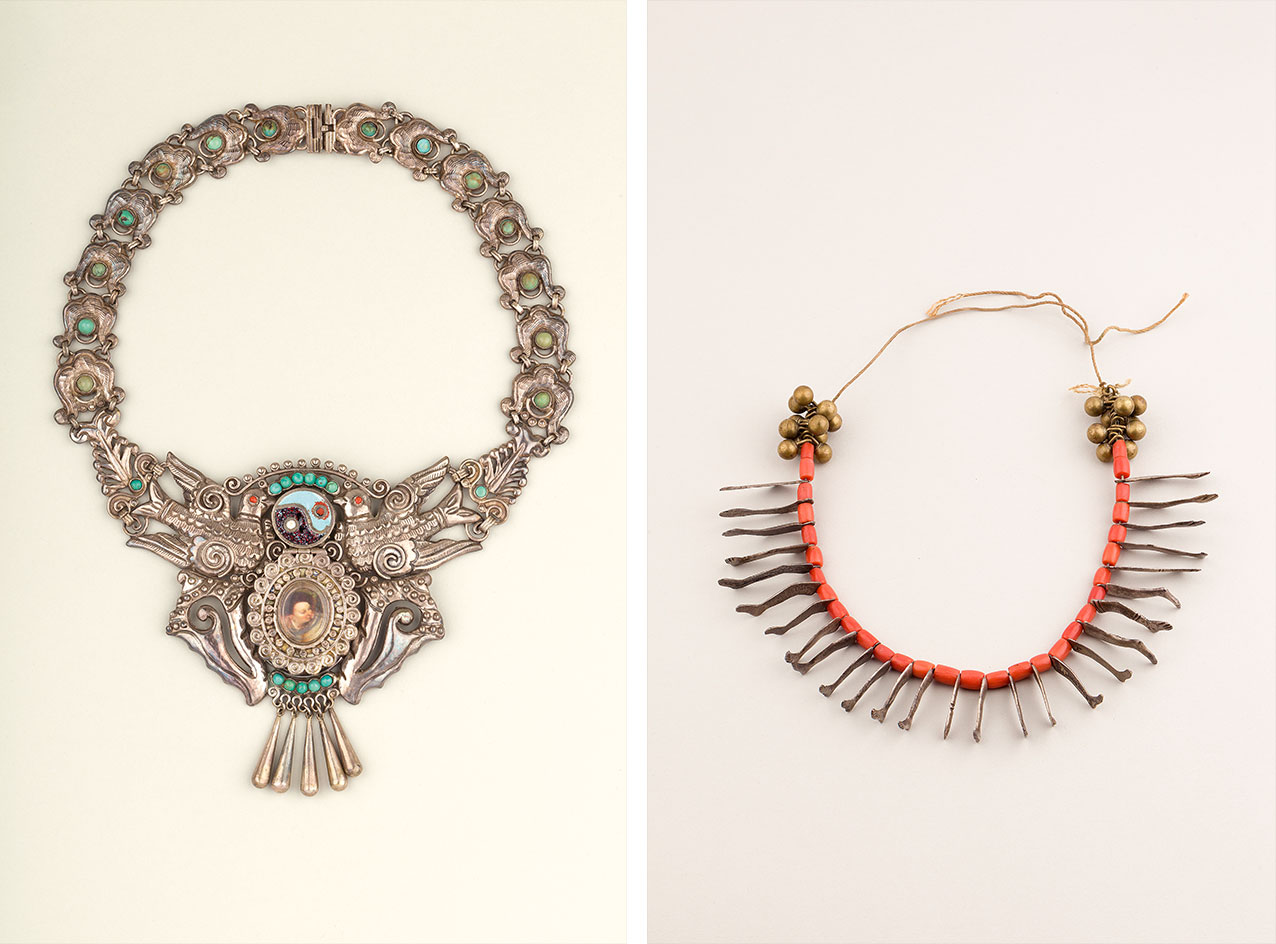
Left, necklace of silver, enamel, turquoise and coral with hinged compartment, by Matilde Poulat, Mexico City, c.1950. Right, necklace of coral beads with metal milagros – votive charms, in the form of legs Mexico, early 20th century. © Diego Rivera and Frida Kahlo Archives, Banco de México, Fiduciary of the Trust of the Diego Rivera and Frida Kahlo Museums
INFORMATION
The ‘Frida Kahlo: Making Her Self Up’ exhibition is on view at the Victoria and Albert Museum from 16 June to 4 November
ADDRESS
Receive our daily digest of inspiration, escapism and design stories from around the world direct to your inbox.
Victoria and Albert Museum
Cromwell Road
London SW7 2RL
-
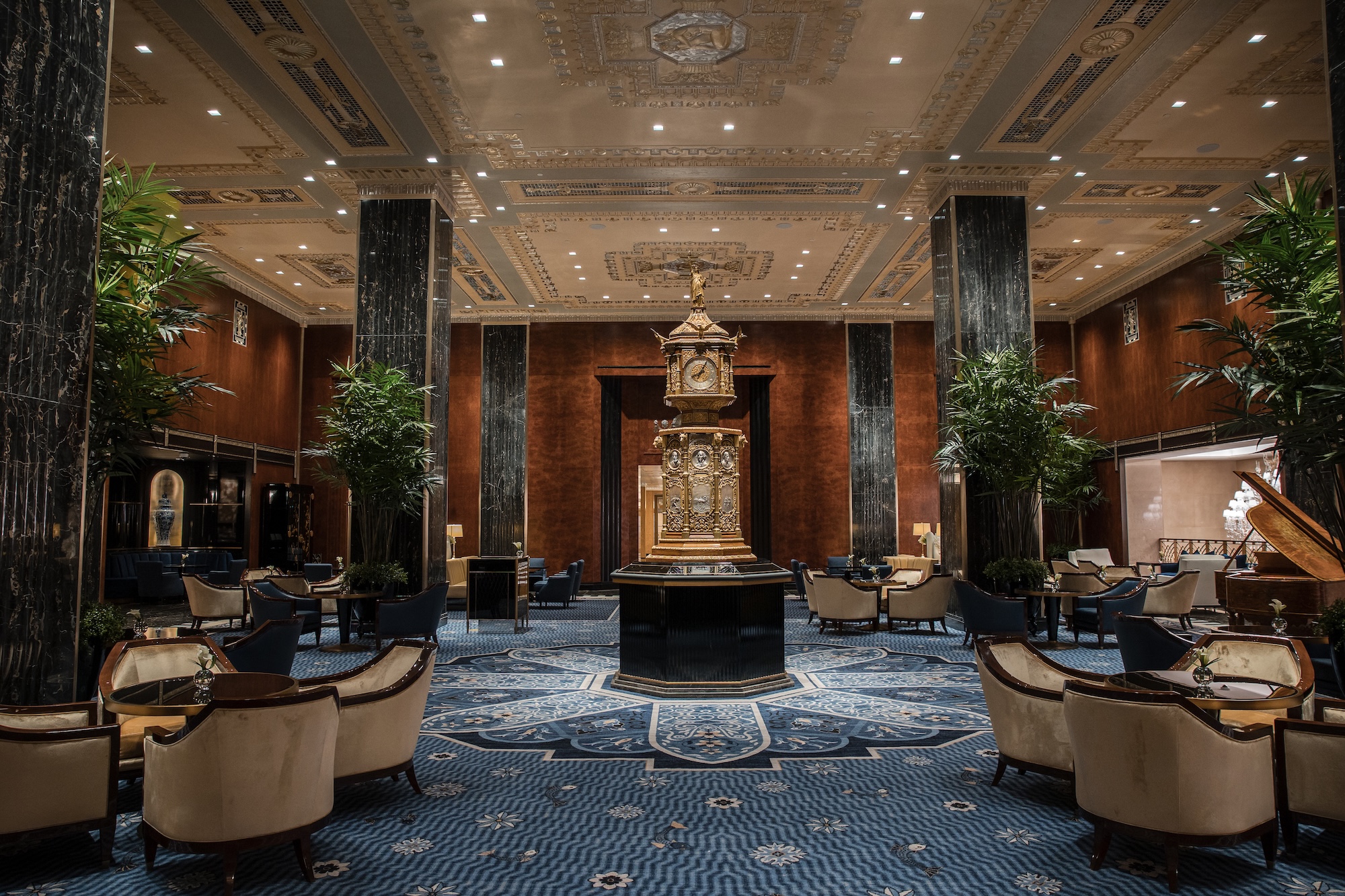 Is the Waldorf Astoria New York the ‘greatest of them all’? Here’s our review
Is the Waldorf Astoria New York the ‘greatest of them all’? Here’s our reviewAfter a multi-billion-dollar overhaul, New York’s legendary grand dame is back in business
-
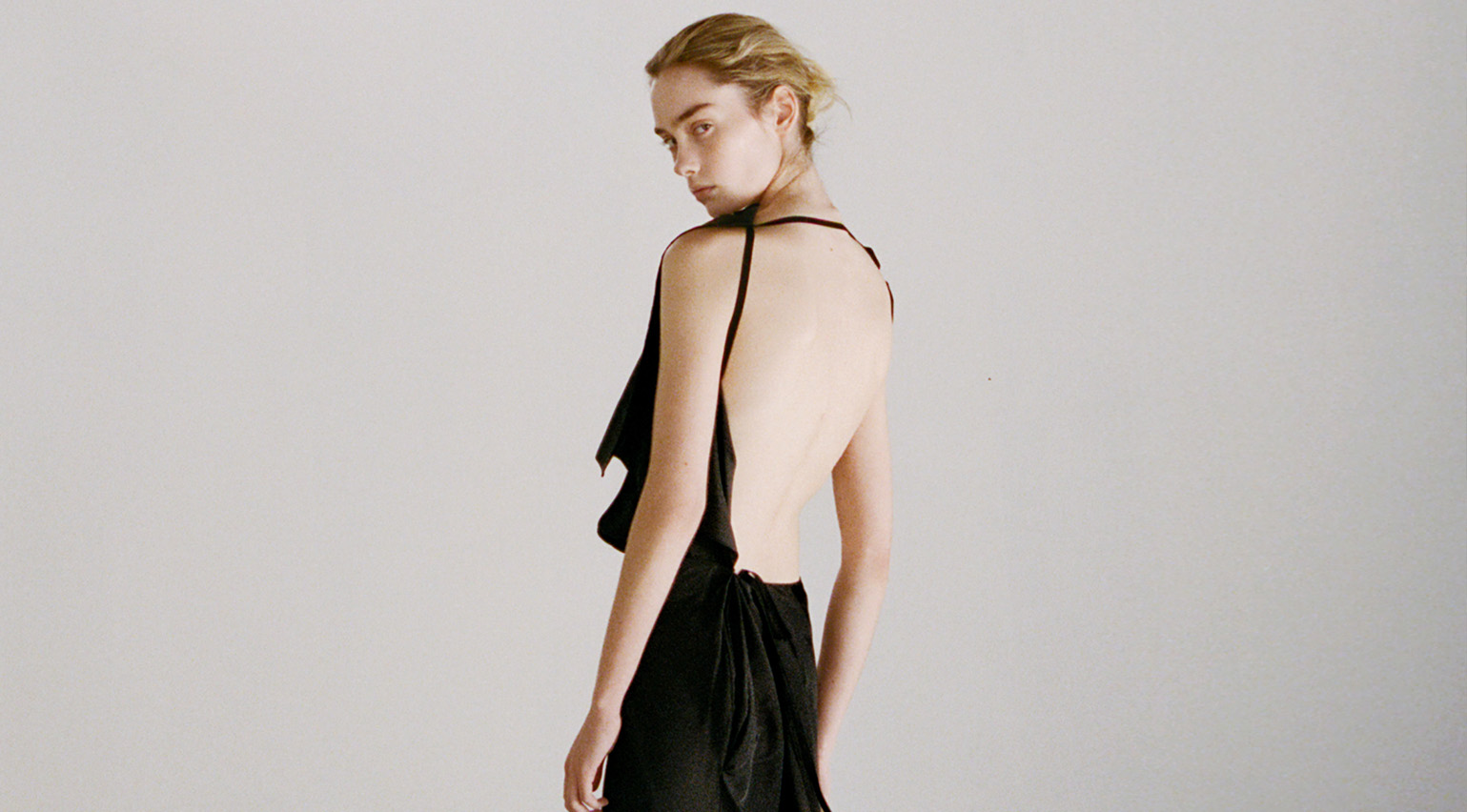 Colleen Allen’s poetic womenswear is made for the modern-day witch
Colleen Allen’s poetic womenswear is made for the modern-day witchAllen is one of New York’s brightest young fashion stars. As part of Wallpaper’s Uprising column, Orla Brennan meets the American designer to talk femininity, witchcraft and the transformative experience of dressing up
-
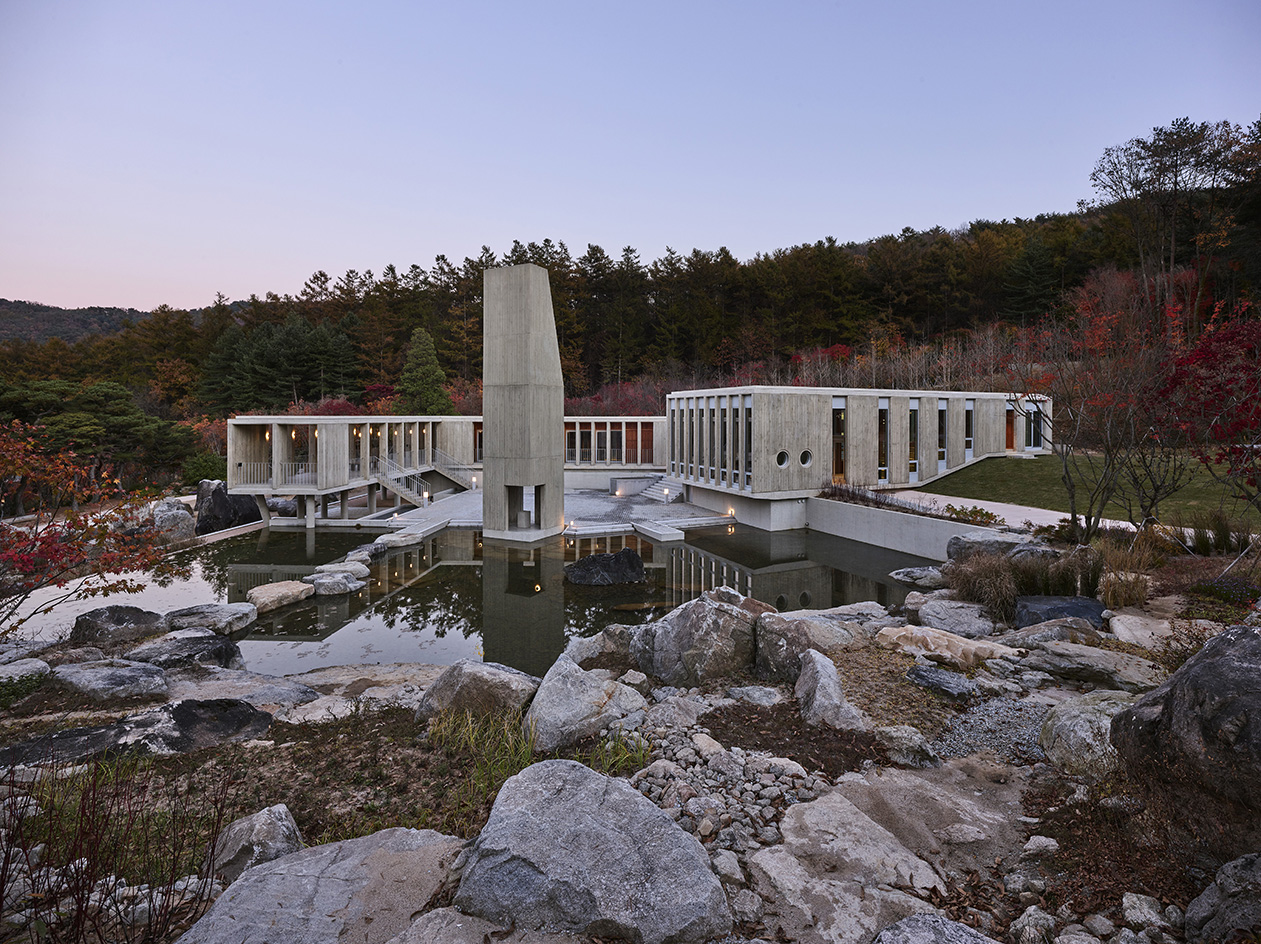 A new Korean garden reimagines tradition for the 21st century
A new Korean garden reimagines tradition for the 21st centuryThe new Médongaule Korean Gardens in Gyeonggi Province explore the country’s rich tradition; within it, the Seongok Academy Building provides a layered spatial experience drawing on heritage and a connection with nature
-
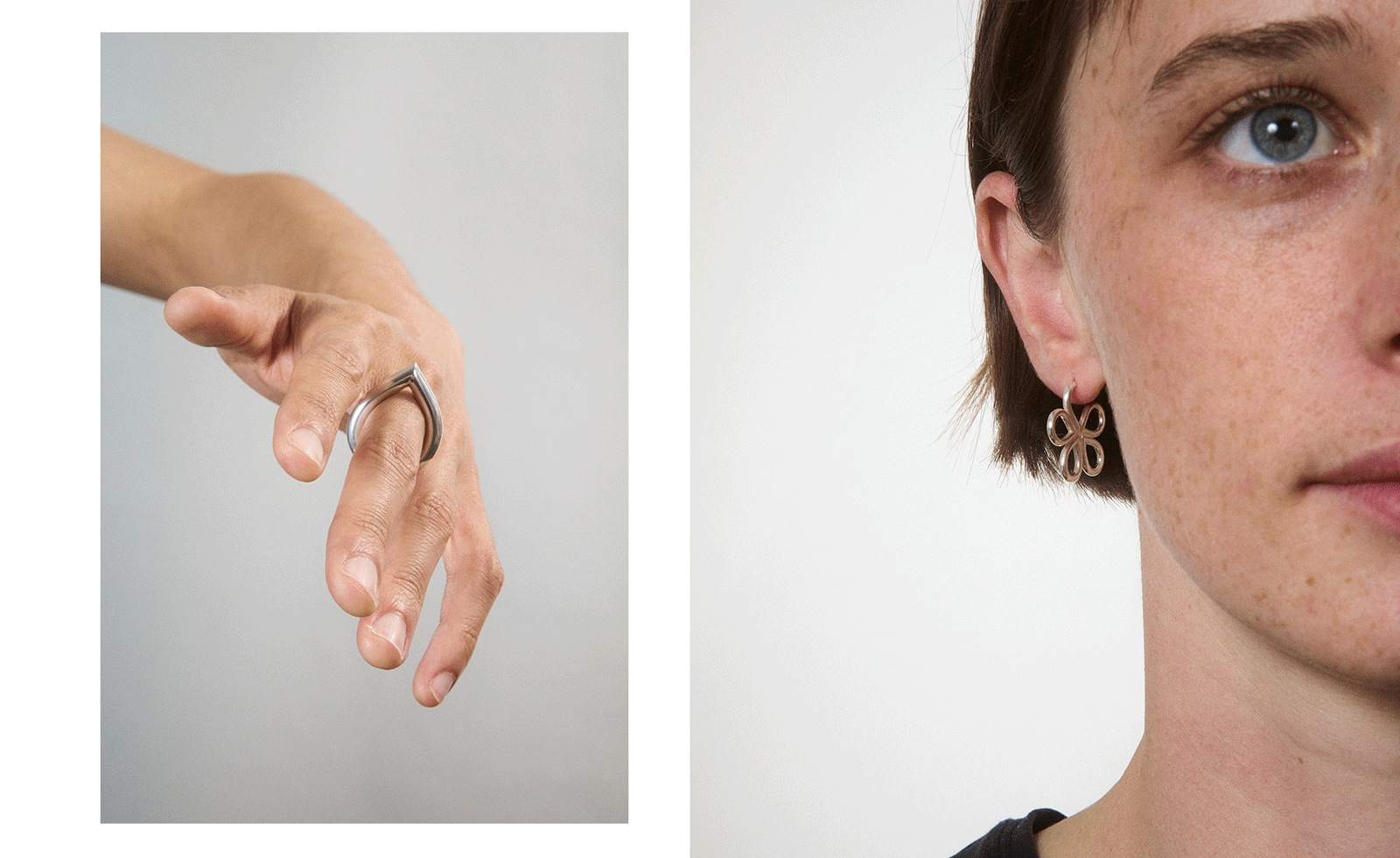 Discover the chic simplicity of CC-Steding jewellery
Discover the chic simplicity of CC-Steding jewelleryNic Farnan and Ben Chaplin create delicate silver jewellery in their east London studio
-
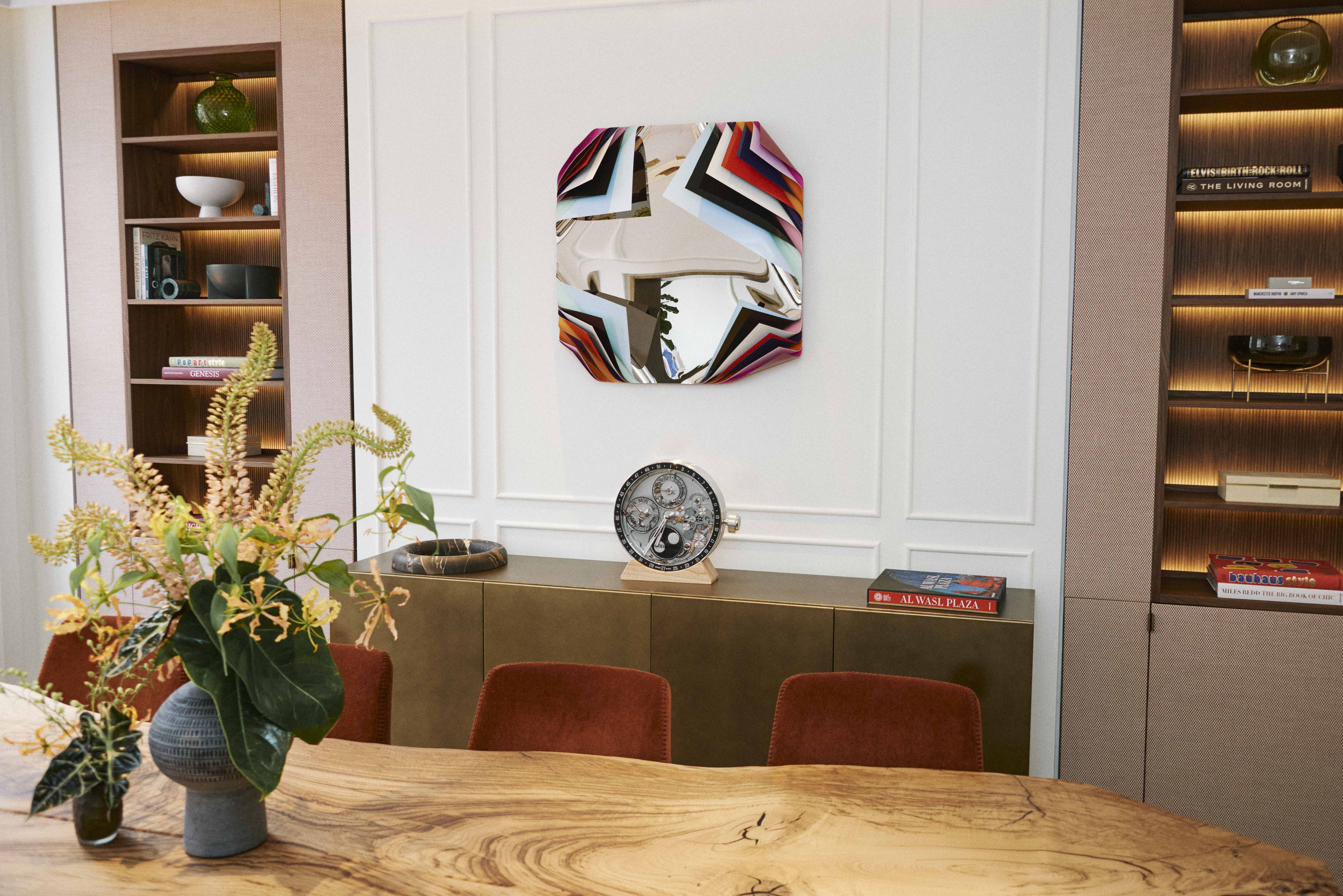 Vinyl, darts, and design: how Audemars Piguet reimagined the watch boutique for Manchester
Vinyl, darts, and design: how Audemars Piguet reimagined the watch boutique for ManchesterThe latest AP House from watchmaker Audemars Piguet displays design codes that nod to the legacy of its location
-
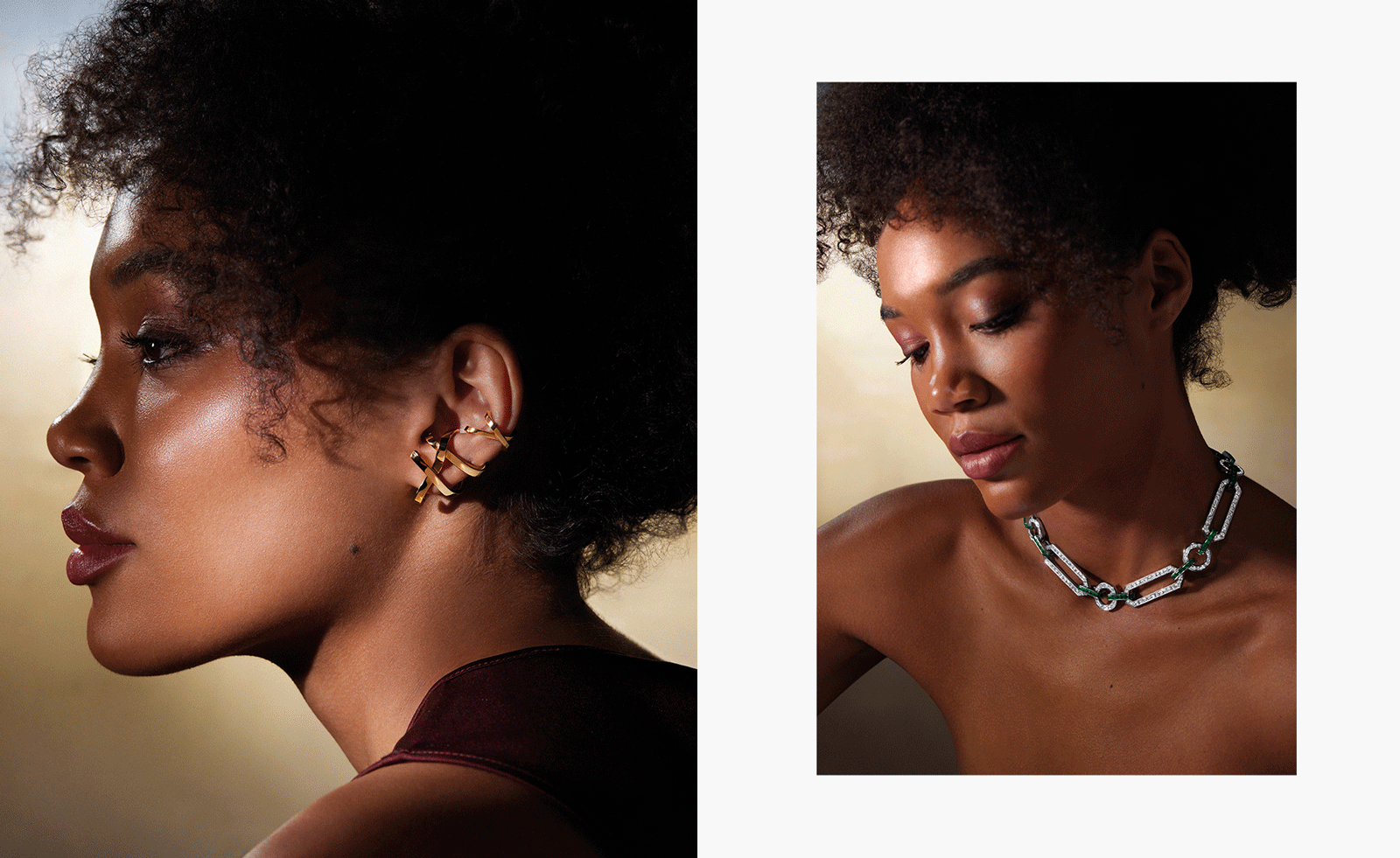 Ming pays tribute to vibrant Notting Hill in a one-of-a-kind jewellery collection
Ming pays tribute to vibrant Notting Hill in a one-of-a-kind jewellery collectionTo mark the 25th anniversary of Ming Jewellery, its founder releases 25 unique designs
-
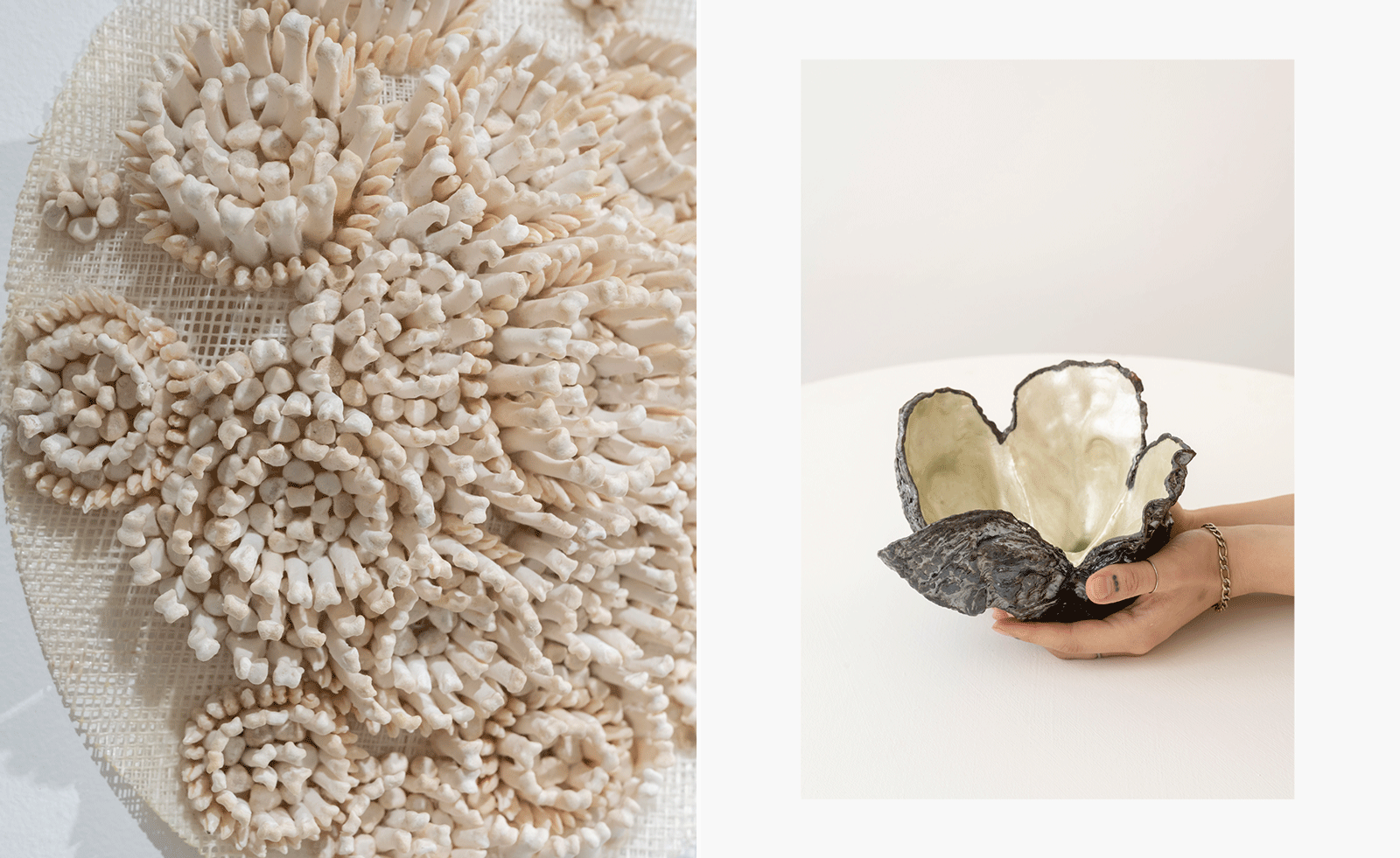 Oyster shells and bones become pearl keepsakes in Emma Witter's jewelled items
Oyster shells and bones become pearl keepsakes in Emma Witter's jewelled itemsEmma Witter turns discarded waste into beautiful objects, currently on show at Gallery Fumi in London
-
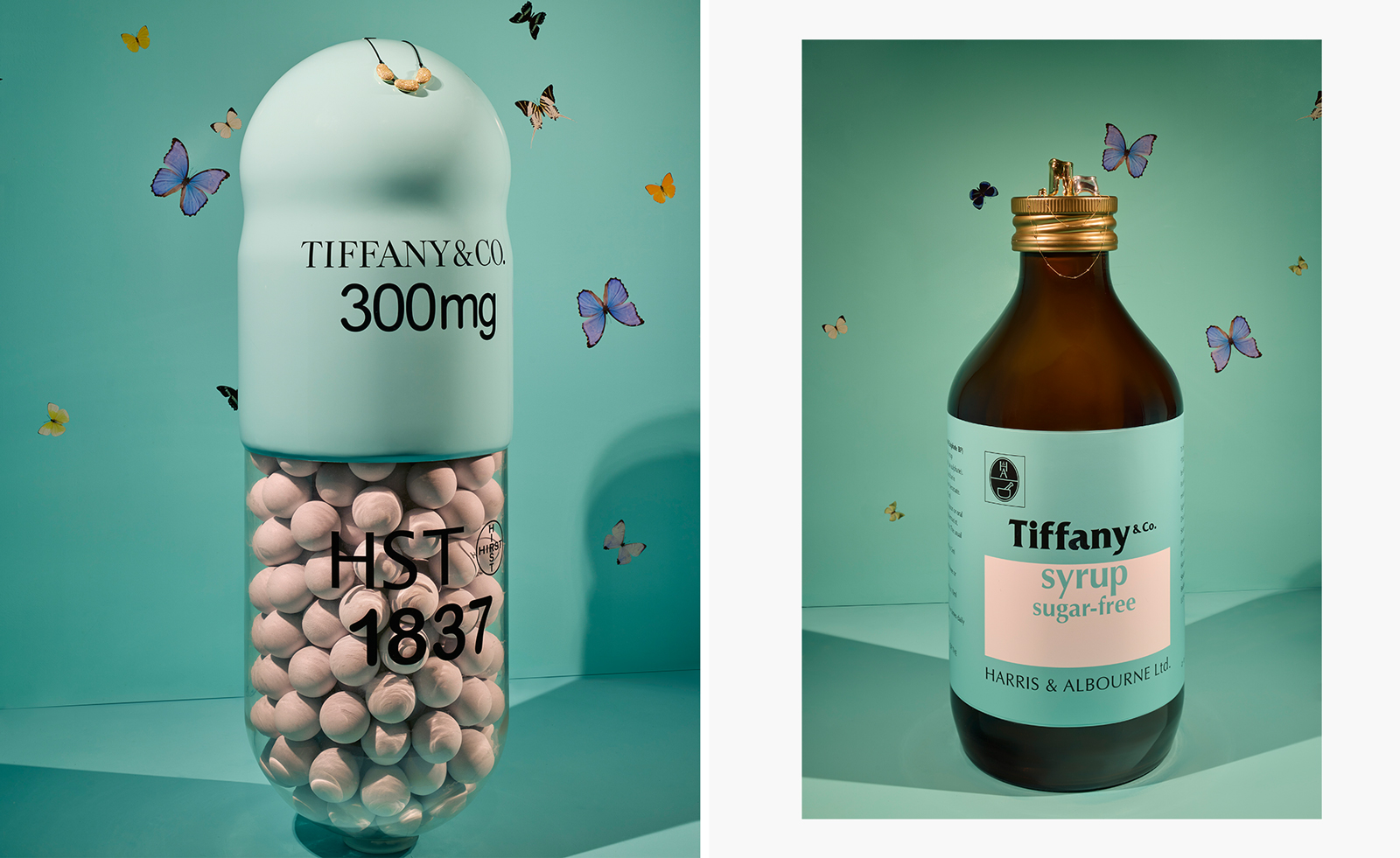 Art takes London: Tiffany & Co, Damien Hirst and artists take over Selfridges' windows
Art takes London: Tiffany & Co, Damien Hirst and artists take over Selfridges' windowsFour British contemporary artists celebrate Tiffany & Co's pioneering history with a series of storied window displays
-
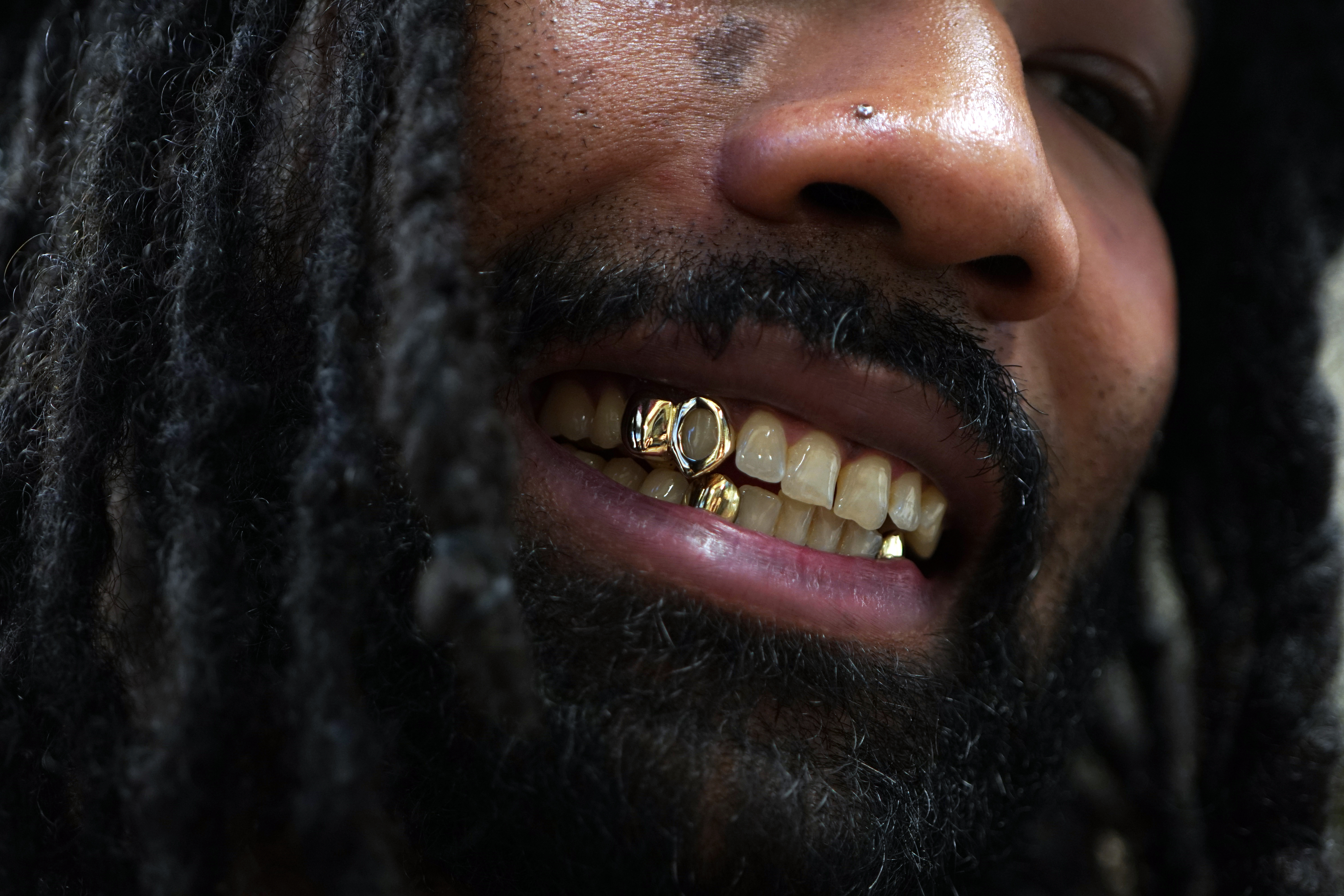 All smiles: How a grillz jewellery making class in London became an international hit
All smiles: How a grillz jewellery making class in London became an international hitWhat started as a passion project quickly exploded in popularity. We get the story behind the grillz-making workshop at Cockpit London
-
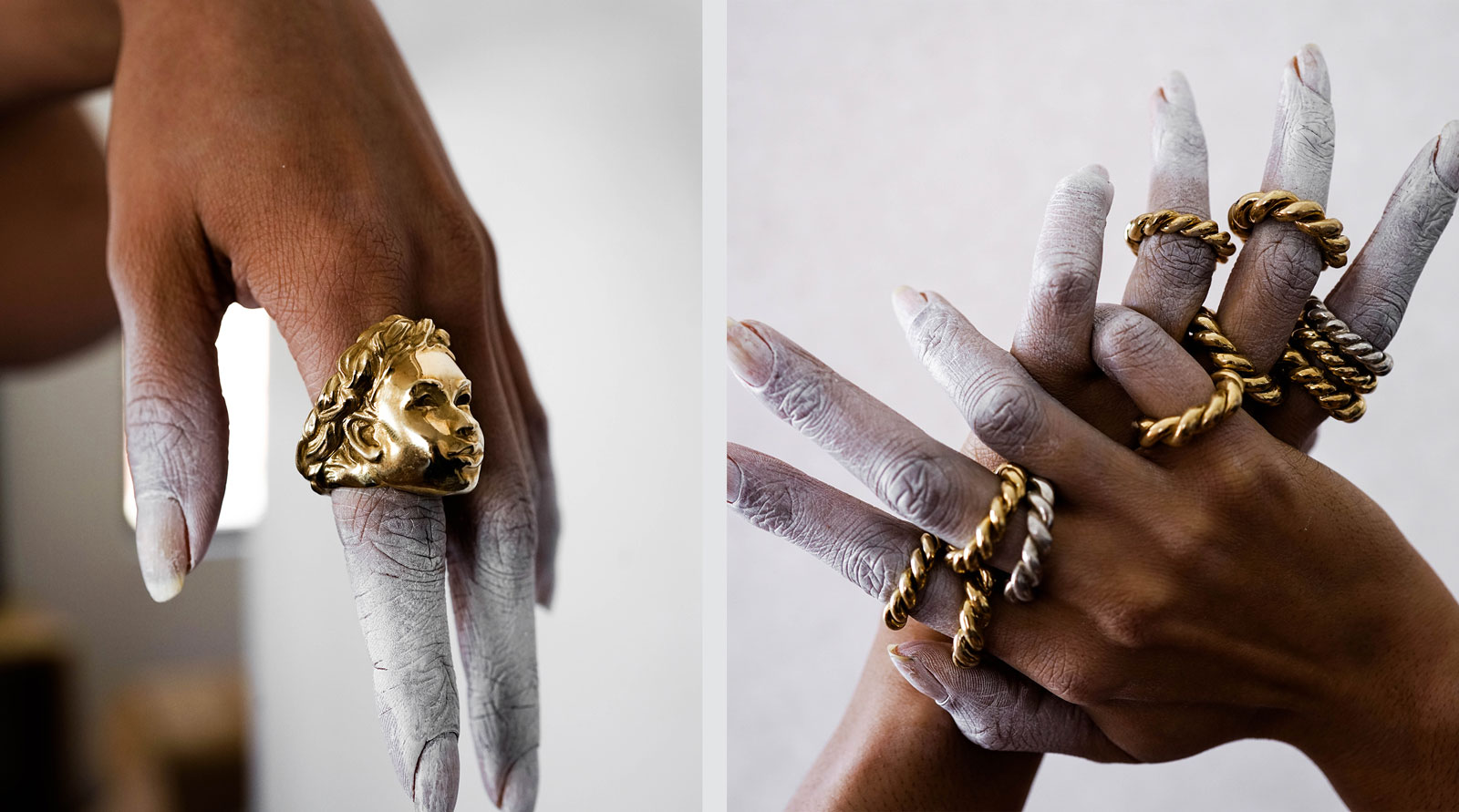 Emerging jewellery designers to get to know
Emerging jewellery designers to get to knowThese independent, new and emerging jewellery designers and brands from New York to Paris are firmly on our radar
-
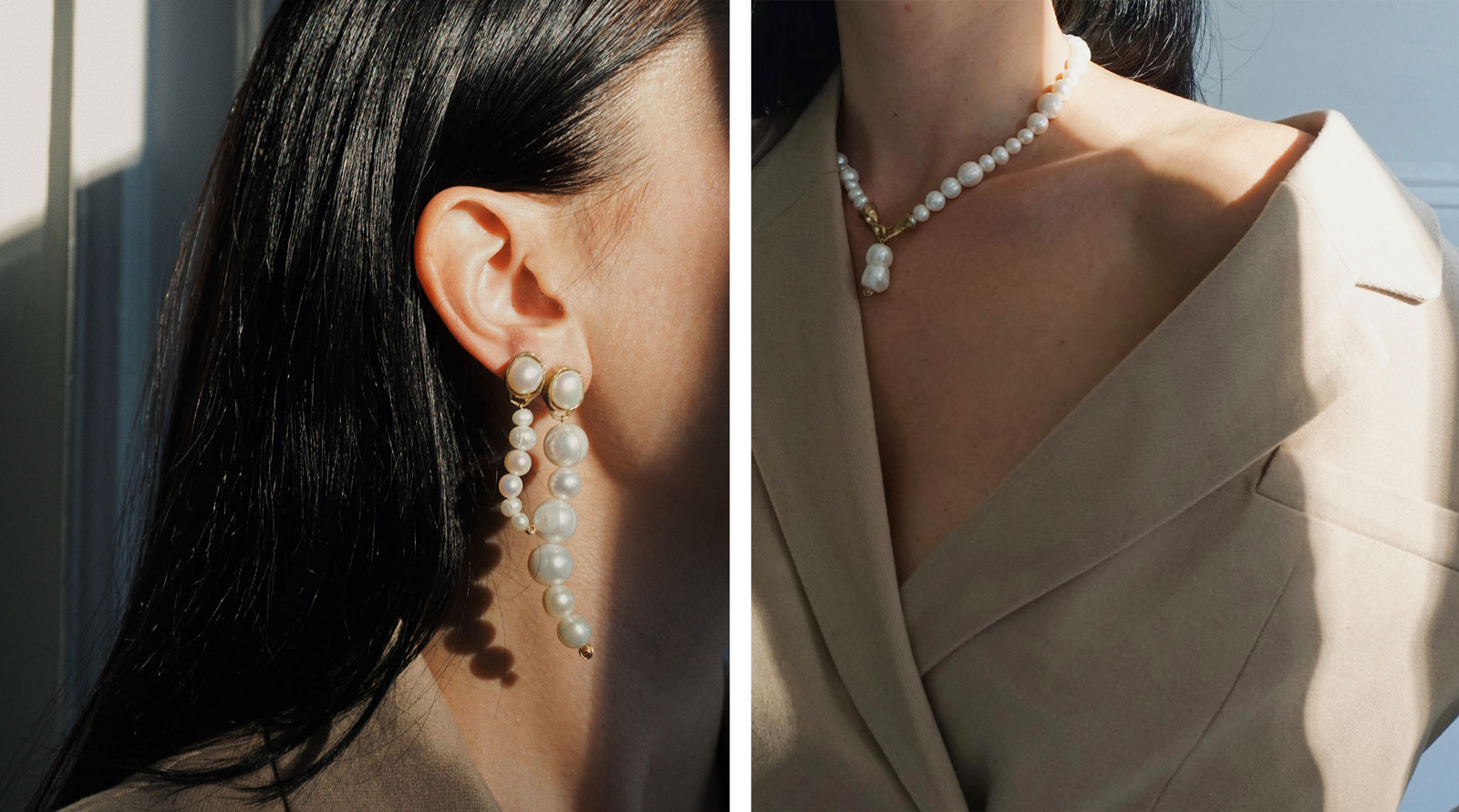 Playing it cool: pearls are having a moment
Playing it cool: pearls are having a momentWe've been deep-diving into boutiques around the world to find the very best calcium carbonate in minute crystalline form. It seems jewellers have been busy rethinking pearls, with contemporary (and often affordable) results